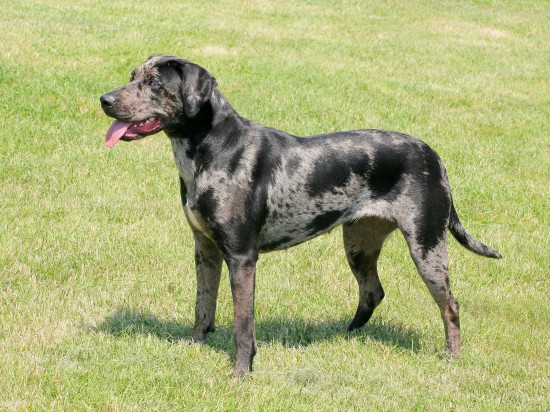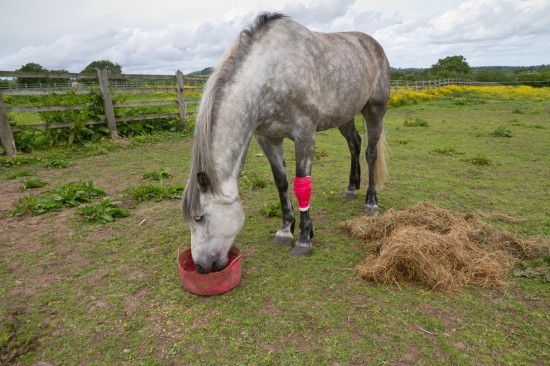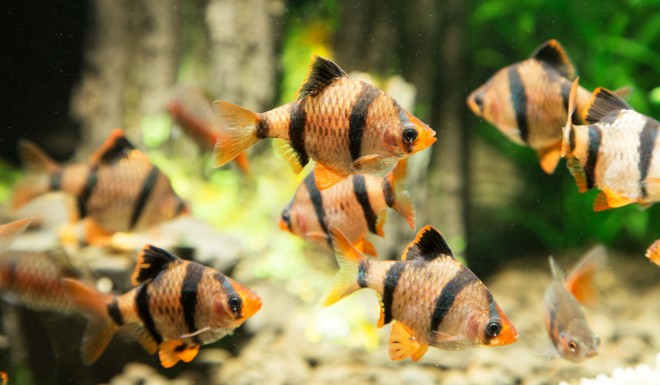
The best and most animal friendly dog training method is the Praise and Reward system. Experts consider this positive reinforcement method the correct way to train dogs.In the same fashion as parent r...
The best and most animal friendly dog training method is the Praise and Reward system. Experts consider this positive reinforcement method the correct way to train dogs.
In the same fashion as parent reward and praise a child for good behavior so it is with training your dog. The difference in dog training is, you praise your dog when the dog does something you approve and ignore your dog's behavior when you disapprove.
In the past, dog training methods did not consider the harm that it caused to the animal. Unacceptable and cruel methods such as beatings, electric shocks were once common practice in dog training. As more people discover the humane approach to dog training, the old animal abusing methods are no longer being used.
The Praise and Reward System takes your dog temperament into consideration. This method is such that the dog has a chance to absorb the commands you are asking him to do. The praises and rewards make the dog understand that certain behaviors please you and dogs thrive on pleasing their master.
When a training is more meaningful for the dog, the behavior change tend to be more rapid. With time, the behaviors become more natural for the dog as the dog has a chance, in fact the opportunity, to use his own brain in deciding how to act.
To leverage your success in dog training follow these tips and tricks.
The use of food treats and showing affection to the animal work much better then simple verbal praise followed by a pat on the head.
The giving of the reward must immediately follow a behavior you want repeated. It must be clear to the dog as to why he is being rewarded. When the dog exhibits a proper behavior, immediately mark this behavior with a significant distinctive noise (such as a clicker) or by simply saying yes in an excited tone of voice, either will work. The treat needs to follow immediately so that the dog can understand that if he behaves in such a way, a treat is going to be given. Always use the same marker when the dog repeats the behavior and soon no treat will be needed for the dog to repeat the behavior. You need to be consistent for proper training to take place.
The commands used for training must be the same all the time. The dog needs to able to link the commands to the expected behaviors. Do not vary your commands as this will only confuse the dog. It is simply a matter of repetition until the dog associates behaviors with commands. A good idea is to pre-determine what commands to use, write them down and use them all the time.
You need to reward your dog in a fashion that is meaningful to the animal. Most dogs have a preference as far at what treat they like and as to what demonstration of affection they prefer. Some dogs will do back flips for a certain treats; other dogs just aren't big eaters and prefer to be rewarded through a game with a favorite toy, or through some physical affection from you.
You probably already have a good idea of how much the dog enjoys being touched and played with. Each dog has a distinct level of energy and demonstrativeness, just like humans do.
The following are good ways to stroke your dog: most dogs really like having the base of the tail (the lowest part of their back, just before the tail starts) scratched gently; having their chests rubbed or scratched (right between the forelegs) is usually a winner, too. You can also target the ears: gently rub the earflap between your thumb and finger, or scratch gently at the base.
As far as food is concerned, just experiment with different food treats until you find one that the dog really likes. Some dogs actually respond most reliably to training commands when they receive treats sporadically instead of predictably. Intermittent treating can keep dogs on their toes, not allowing them to grow tired of the food rewards. Some dogs could make a conscious decision to forego a treat.
No punitive measures have to be used with the praise and reward method which is a definite improvement in dog training.
With this type of training, all you have to do is ignore the behavior that you don't wish to see repeated. Not giving any attention is enough to make just about any dog miserable and is therefore an adequate deterrent. After a while the dog will decide to no longer use that behavior.
The more you give attention to the dog when it behaves properly, the clearer the connection will be between a bad behavior with no response and the good behavior where you give positive attention and rewards.
Article Tags: Reward Method, Training Method, Some Dogs
 Review Of Holistic Dog Food - - - - So Whats Really The Best?
Looking for the best holistic dog food? Trying to figure
Review Of Holistic Dog Food - - - - So Whats Really The Best?
Looking for the best holistic dog food? Trying to figure
 All About The Catahoula Leopard Dog Breed
All About The Cat
All About The Catahoula Leopard Dog Breed
All About The Cat
 The Six Main Causes Of Gastrointestinal Disease In Ferrets
The Six Main Caus
The Six Main Causes Of Gastrointestinal Disease In Ferrets
The Six Main Caus
 What Is Ocd? How Does The Condition Affect Horses?
What Is Ocd? How
What Is Ocd? How Does The Condition Affect Horses?
What Is Ocd? How
 Quarantine Tanks For Fish
Quarantine Tanks
Quarantine Tanks For Fish
Quarantine Tanks
Copyright © 2005-2016 Pet Information All Rights Reserved
Contact us: www162date@outlook.com